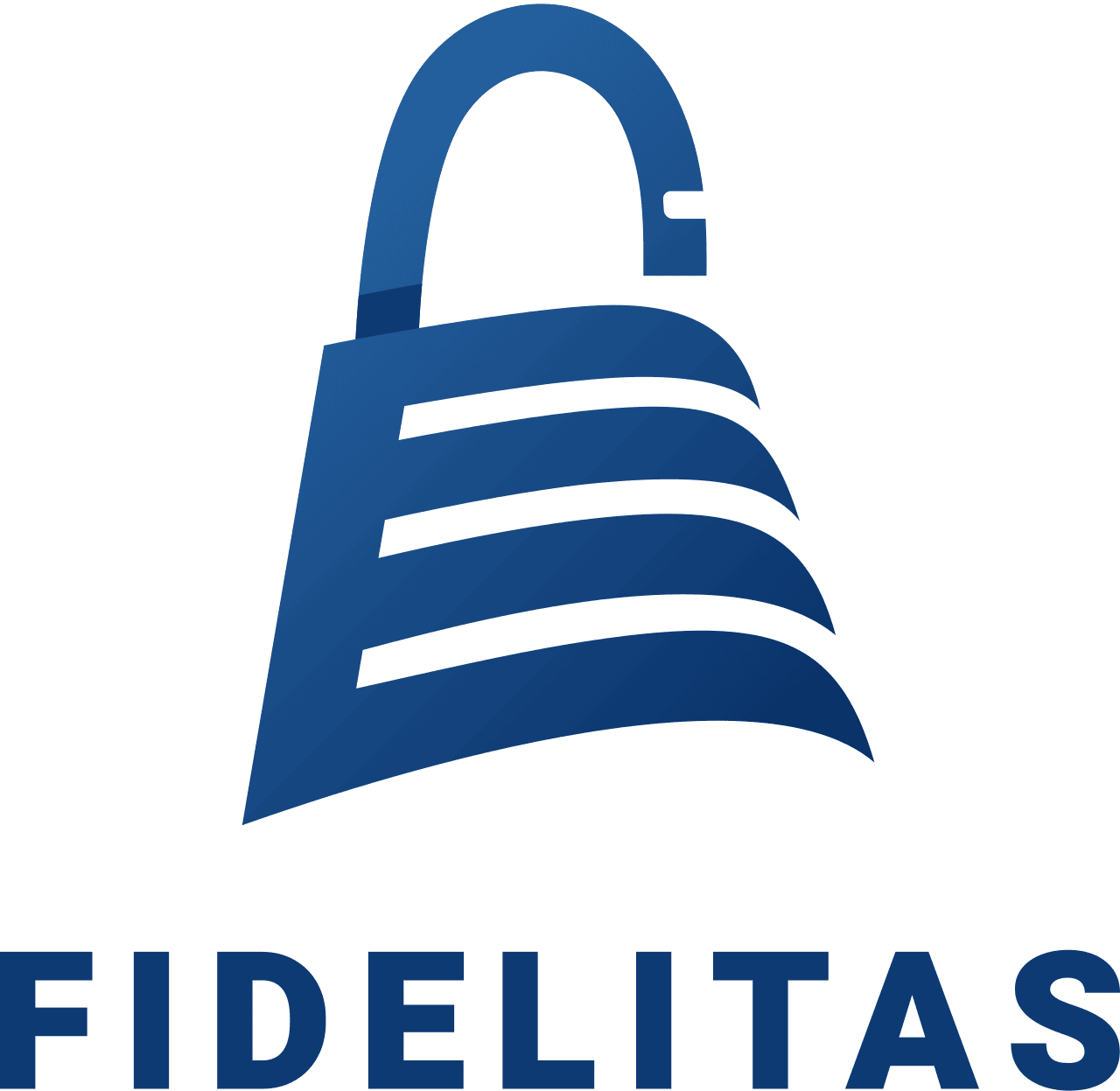The office grind isn't for everyone. Maybe you crave the freedom of crafting emails in your pajamas, or the joy of attending meetings while sprawled out on the beach (with a strong internet connection, of course). Whatever your reason for joining the remote workforce revolution, there's no denying its perks. But with great flexibility comes great responsibility, especially when it comes to cybersecurity.
Think about it - all those corporate secrets, juicy financial reports, and confidential client data are now accessible from your home network, a network that might be as secure as a swiss cheese slice. Yikes! That's where we come in, your friendly neighborhood cybersecurity guide. We're here to help you turn your remote work haven into a fortress of digital defense, all without sacrificing that sweet work-from-anywhere flexibility.
Nasty Neighbors: The Evolving Threat Landscape
Let's face it, the digital world is crawling with bad guys. Hackers are constantly upping their game, and with a remote workforce scattered across the globe, the attack surface becomes a whole lot bigger. Here's a quick rundown of the not-so-friendly faces you might encounter:
- Phishing Phonies: Ever gotten an email that looks like it's from your boss, asking you to urgently click on a suspicious link or download a mysterious attachment? That, my friend, is a phishing attempt. These emails are designed to trick you into giving up your login credentials or infecting your device with malware.
- Ransomware Renegades: Imagine logging on one morning to find all your files locked up tighter than a vault, with a ransom note demanding a hefty fee to unlock them. That's the nightmare of ransomware. Remote work environments can be particularly vulnerable because backups might not be readily available. Yikes!
- Cloud Critters: We all love the convenience of cloud storage and collaboration tools. But just like any other system, clouds have vulnerabilities. Weak configurations, insecure APIs, and compromised accounts can all lead to data breaches in the cloud.
- Shadow IT Spooks: Ever used a free app to share documents with a colleague simply because it was easier than the official company tool? That's shadow IT. These unauthorized applications and services create blind spots for IT security teams and can introduce new vulnerabilities.
Building Your Digital Fortress: A Multi-Layered Approach
Conquering these digital foes requires a multi-layered security strategy, kind of like building a fancy castle with all the security bells and whistles. Here's what your digital fortress needs:
- Endpoint Detectives on Patrol: Imagine having a tiny security guard inside every device used by your remote workforce. That's what Endpoint Detection and Response (EDR) solutions do. They monitor endpoint activity in real-time, spotting suspicious behavior before it turns into a full-blown cyberattack.
- Next-Generation Firewalls (NGFW) as Gatekeepers: Think of traditional firewalls as bouncers at a club, only letting certain types of traffic in. NGFWs are the bouncers on steroids. They analyze traffic in detail, filtering out malicious content and protecting against known vulnerabilities.
- Data Loss Prevention (DLP) as Your Bodyguard: DLP solutions act as your data's bodyguard, preventing sensitive information from leaking out of the organization, whether accidentally by an employee or through a malicious attack.
- Multi-Factor Authentication (MFA) for Extra Locks: MFA adds an extra layer of security by requiring a second verification factor, like a code from your phone, on top of your username and password. It's like having two locks on your door – much harder to break in!
- Zero Trust? More Like Zero Worries: Zero Trust is a security model that eliminates the concept of implicit trust within the network. Every user and device, no matter where they're located, needs to be continuously authenticated before accessing resources. Think of it as a super secure castle where everyone needs to show their ID every single time they want to enter.
Securing Your Devices and Network: Battling from the Frontlines
Now that we've got the overall strategy down, let's look at some specific tactics to secure the devices and networks used by your remote troops:
- Secure Remote Access is Your Tunnel: Imagine a safe tunnel connecting your remote workers to the company network. That's what a Virtual Private Network (VPN) does. It encrypts data transmission, making it unreadable even if someone tries to intercept it. Think of it as a secret code only you and your team understand.
- Device Management: Keeping Your Gadgets in Check: Just like you wouldn't let your knight fight a dragon with a rusty sword, you wouldn't want your remote workers using outdated or vulnerable devices. Enforce policies to ensure devices
Wrapping Up: A Secure and Happy Remote Life
Remember, cybersecurity for the remote workforce isn't about creating a prison of restrictions. It's about fostering a culture of awareness and providing the tools and knowledge your team needs to work securely and efficiently, no matter where they choose to log in. By implementing these strategies and fostering open communication with your IT team, you can turn your remote workforce into a digital fortress, repelling cyber threats and keeping your valuable data safe. So go forth, conquer your workload from the comfort of your couch, the tranquility of a nature retreat, or anywhere your heart desires – all while knowing your digital castle is well-defended. Happy (and secure) remote working!


